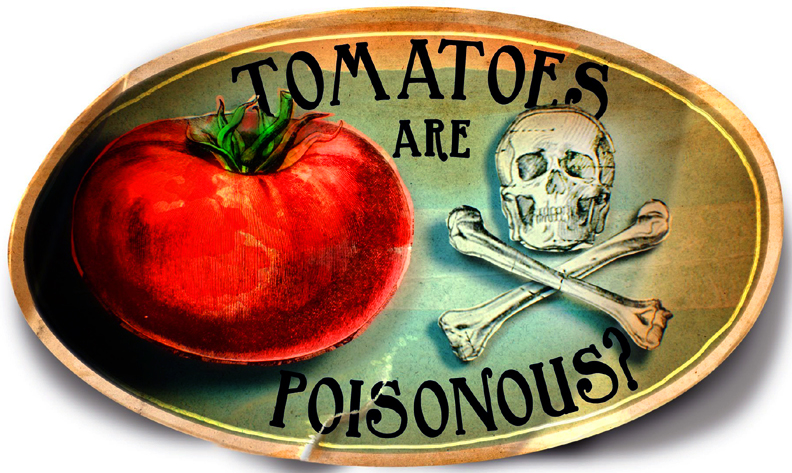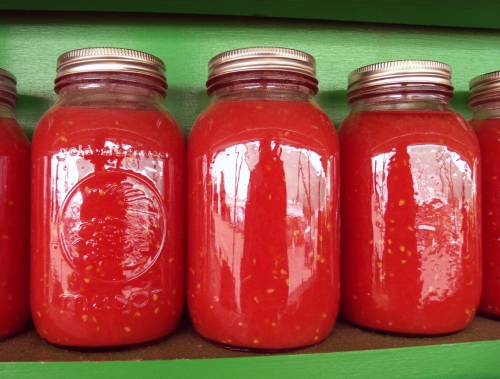The Creole tomato has long enjoyed a storied reputation in the South. Here is a typical paean from Howard Mitcham’s Creole Gumbo and All That Jazz:
“The large, vine-ripened Creole tomato is one of the glories of Louisiana cooker. Creole tomatoes have a pronounced acid flavor and are used to make delicious sauces, stews, gumbos, and so on. In fact, the very term, “à la Creole” usually denotes a tomato sauce of some sort, and when it’s made with fresh Creole tomatoes, its flavor will be distinctive.”
In addition to a rich, distinctive flavor, the Creole tomato has a reputation for being able to produce fruit in the intense heat and humidity of summers in the Deep South, when nighttime temperatures in excess of 70 degrees make most tomato varieties subject to blossom drop and unable to bear fruit.
Traditionally, farmers in St. Bernard and Plaquemines parishes marketed their tomatoes as Creole, claiming that tomatoes grown in the rich alluvial soil created a unique flavor that et their tomatoes apart from others. But these farmers didn’t plant a single variety, and the seeds they saved and passed along to other gardeners as “Creole” were a mélange.
In 1969, LSU AgCenter researcher Teme Hernandez released a tomato variety named Creole, but it was not a variety commonly grown in St. Bernard and Plaquemines. Hernandez described his Creole tomato as having a medium-sized, deep red fruit with some resistance to fusarium wilt. But likely because of its poor production—less than six pounds per plant—the AgCenter did not maintain a seed stock of Hernandez’s Creole.
To demonstrate the variations in Creole tomatoes, LSU AgCenter researchers grew a demonstration plot of “Creole tomatoes” in spring 2015. Creole tomato seed was sourced from 11 companies. Only seed named “Creole” or described as the 1969-released Creole was purchased. Seed was sown on January 14, 2015. Seedlings were hardened off outdoors one week prior to transplanting.
On March 24, 2015, the Creole tomato seedlings were planted at the AgCenter Botanic Gardens at Burden. The plants continued to produce beyond July; however, data collection ended in late June in order to present information to the Louisiana Fruit and Vegetable Growers Association members at the annual field day. The top three producing Creole tomatoes were sourced from Organic Seeds Direct (Amazon), Naylor’s Hardware in Baton Rouge, and TomatoFest.
Seed sources had 88 percent, 74 percent and 82 percent marketable yields, respectively. Marketable tomatoes were free from cracks, bruises and evidence of disease, insect, or environmental injury. Individual fruit size ranged from 4.2- to 7.8-ounces. Yield per plant was poor, ranging from three to six pounds.
Though Creole has become a marketing term for any tomato grown in Louisiana as well as for many tomatoes that claim to be tolerant of high temperatures, tomatoes labeled Creole are not of the same variety, and almost certainly not sourced from St. Bernard, Plaquemines, or LSU for that matter.







